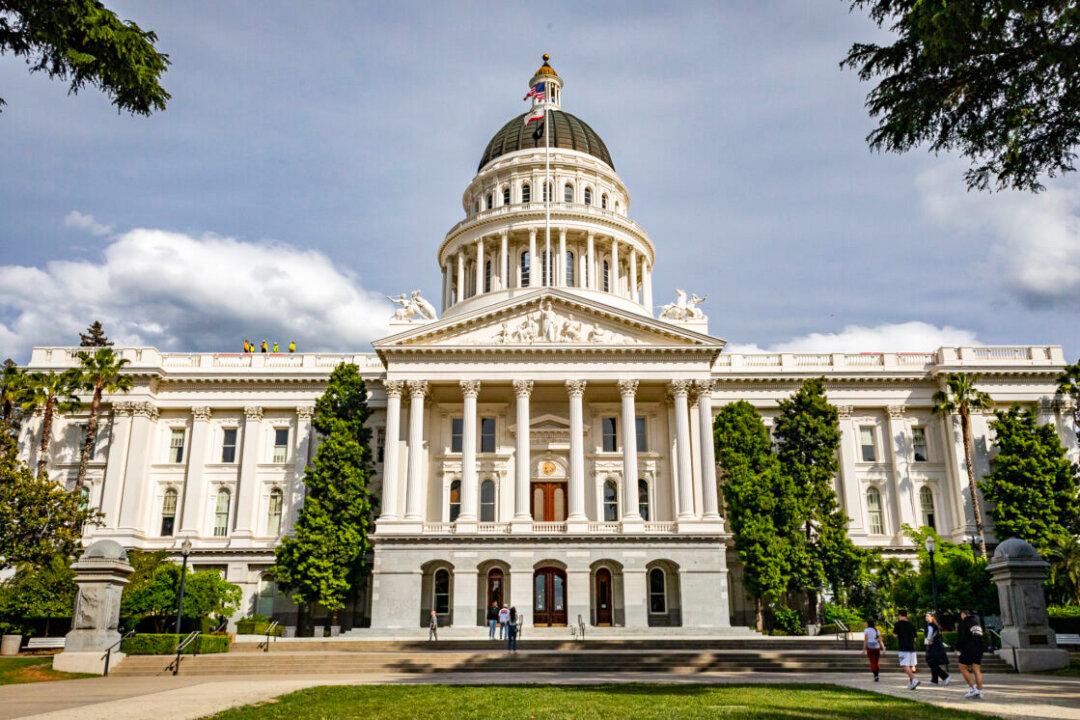Commentary
The California legislature is trying to figure out what to do with the cornucopia of wealth from the expected $97.5 billion surplus for fiscal year 2022-23, which begins on July 1. Here’s a new idea to throw into the mix: Create a sovereign wealth fund.





